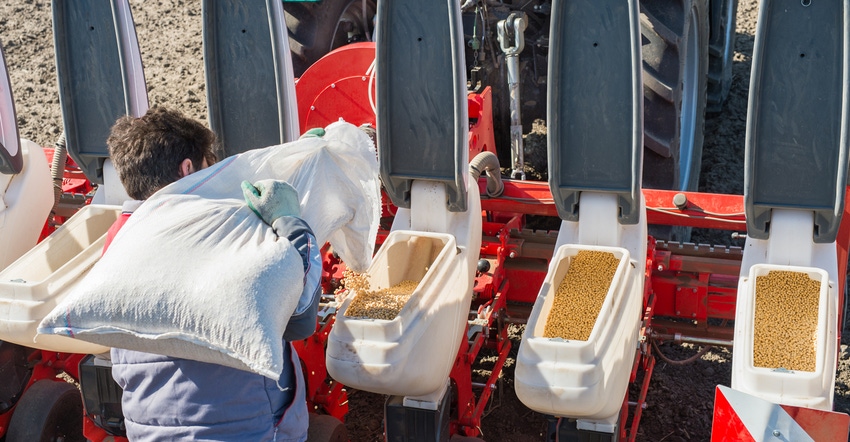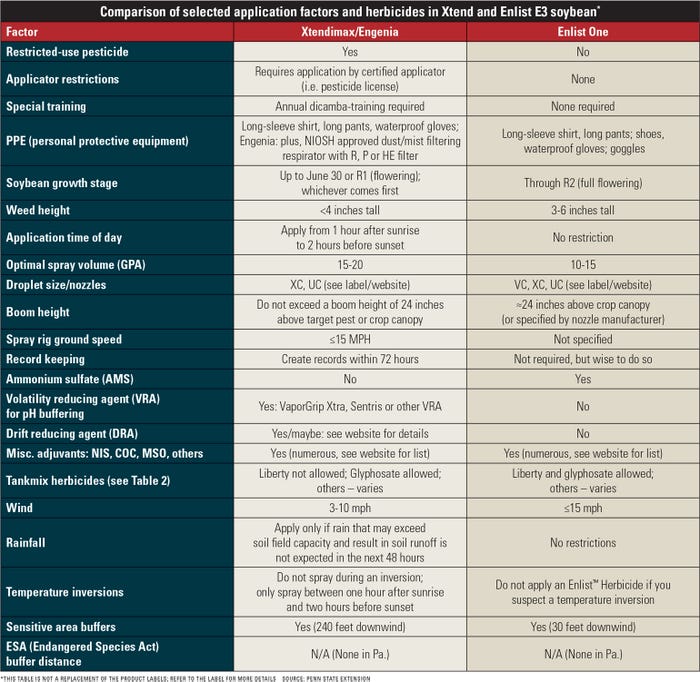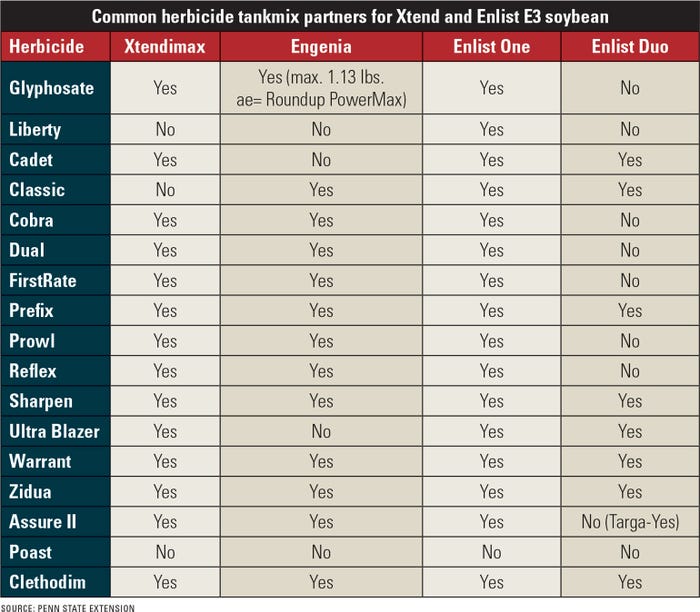September 27, 2021

Need help deciding between Xtend and Enlist soybeans? Below are charts that break down the biggest differences between the systems to help you make the right decision for your farming operation.
I’ve highlighted some key areas of the labels that will directly affect utility and weed control such as application parameters, tankmix partners, weather or environmental concerns, and buffer areas. However, check the appropriate Xtend or Enlist product label and websites for complete application guidelines before spraying these products.
Currently, Xtendimax, Engenia and Tavium are the only dicamba-containing products that can be used in Xtend or XtendFlex soybeans.
Refer to these websites for additional information and updates:
In the Enlist E3 platform, Enlist One and Enlist Duo are the only 2,4-D-containing products that can be sprayed immediately at planting or over the top. See Enlist for additional details.
What system is better?
We often get asked about the effectiveness of dicamba vs. 2,4-D on weed control. In general, on a pound-per-pound basis, dicamba is more active on most broadleaves compared to 2,4-D. Plus, it has a longer half-life and provides limited soil activity (a little over a week).
Both have weed control strengths and weaknesses. For example, dicamba is better on legumes and smartweeds, while 2,4-D is better on dandelions and mustards. However, when using either of these in the Xtend or Enlist system, and if using the labeled rates and spraying at the correct time, they generally will perform similar on many common weed species found in Pennsylvania and in the region.


Lingenfelter is the Extension weed specialist for Penn State Cooperative Extension.
Source: Penn State Cooperative Extension, which is solely responsible for the information provided and is wholly owned by the source. Informa Business Media and all its subsidiaries are not responsible for any of the content contained in this information asset.
You May Also Like




